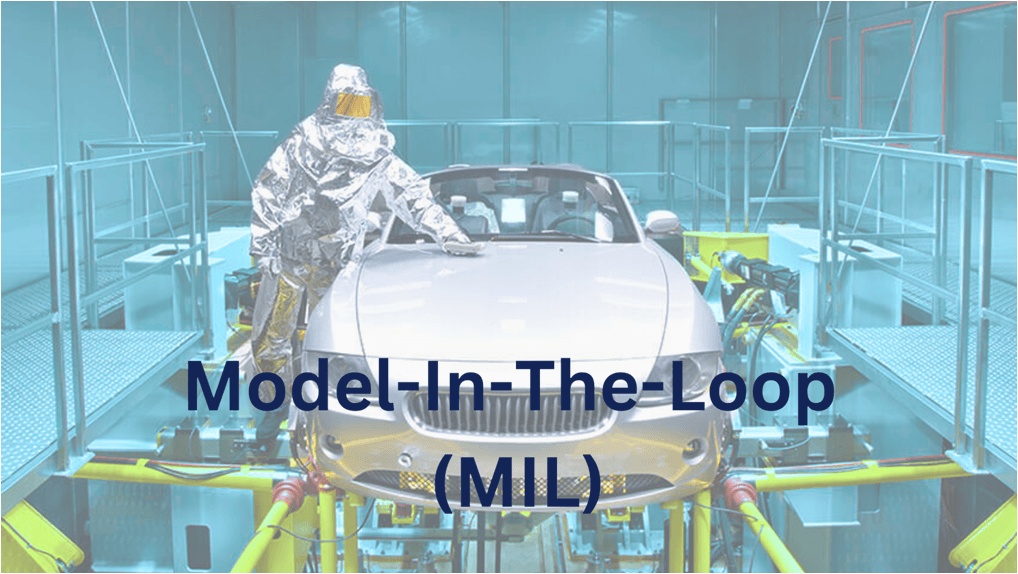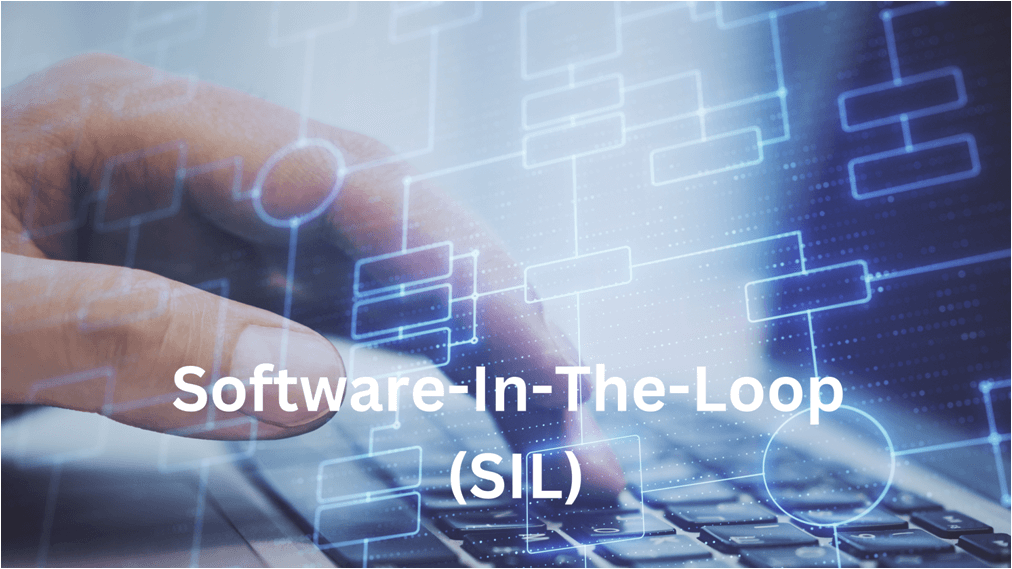Specifications and Design
Requirement Engineering – Our requirement engineering service ensures that your software design and development process begins on a strong foundation by capturing and analyzing your business and technical requirements.
- Requirement Specification
- Legacy Code and Model
- WRT Change requests
- SW Architecture Design
- Unit Design


Software Design
Our software design service is focused on creating a scalable, robust, and maintainable software architecture that meets the unique needs of your automotive project. Our experienced team works closely with you to ensure that your software design is aligned with your business objectives.
- MCAL Development
- Basic Software Development
- Application Development
Software Coding
Our software coding service ensures that your automotive software development project is executed flawlessly. We follow industry best practices and standards to deliver high-quality, maintainable code that meets your project’s unique requirements
- AUTOSAR (Automotive Open System ARchitecture)
- Embedded C, C++
- MATLAB and Simulink
- Java
- Android
- CAN (Controller Area Network), LIN (Local Interconnect Network), FlexRay, Ethernet, and MOST (Media Oriented Systems Transport).
- Operating Systems Like Linux, Android, Apple, Windows


Verification and Validation
At e-MUG, we understand the importance of software verification and validation in the automotive industry. Our team uses the latest testing and verification tools to ensure that your software meets the highest quality standards and is free from errors and defects.
- Unit Testing
- System Level Testing
- Integration Testing
- Software Requirement
- Testing

Hardware-In-The-Loop (HIL)
Our Hardware-In-The-Loop (HIL) service ensures that your automotive electronic systems are thoroughly tested and validated in a virtual environment before they are integrated into the vehicle. This approach significantly reduces development costs and time-to-market while ensuring the highest quality and reliability of your product.

Model-In-The-Loop (MIL)
Our Model-In-The-Loop (MIL) service allows us to validate the behavior of your automotive software early in the development cycle. By using simulation models, we can identify and correct issues before the software is implemented in the vehicle

Software-In-The-Loop (SIL)
Our Software-In-The-Loop (SIL) service allows us to validate the functionality of your automotive software in a virtual environment. This approach enables us to detect and correct issues early in the development cycle, reducing development costs and ensuring the highest quality of your product.
Functional Safety
At e-MUG, we understand the importance of functional safety in the automotive industry. Our team of experts is dedicated to providing you with reliable and compliant solutions that prioritize safety and reliability.

Safety analysis and risk assessment: We can perform safety analysis and risk assessments of automotive systems and software in compliance with ISO 26262 standards to identify potential hazards and evaluate the associated risks.
Safety requirements management: We can develop and manage safety requirements for automotive systems and software, ensuring that they meet the safety goals defined in the safety plan.
Safety concept development: We can develop safety concepts for automotive systems and software, including the identification of safety requirements, safety mechanisms, and safety goals.
Safety validation and verification: We can perform safety validation and verification activities, such as testing and simulation, to ensure that the safety requirements and safety goals are met.
COMPLIANCE
Understanding the safety requirements and regulations:
It is essential to understand the safety standards and regulations that apply to a particular product or system. This involves reviewing relevant standards such as ISO 26262 and IEC 61508 and understanding the required safety measures.
Hazard analysis and risk assessment:
The next step is to identify the hazards and risks associated with the product or system. Hazard analysis involves identifying potential hazards and their causes, while risk assessment involves evaluating the likelihood and severity of harm that could result from the hazard.
Safety requirements specification:
Based on the hazard and risk analysis, safety requirements are specified for the product or system. These requirements define the safety goals that need to be achieved and the measures that need to be taken to achieve them.


Safety Design
The safety design process involves designing the system to meet the specified safety requirements. This may involve designing redundancy or fault tolerance into the system or implementing safety mechanisms such as emergency stop features.
Verification and validation: The final step is to verify and validate that the product or system meets the specified safety requirements. This involves testing the system under different conditions and evaluating its performance to ensure that it meets the required safety standards.
- AUTOSAR Compliance
- ISO 26262 Compliance
- Model Base Compliance
REVIEW PROCESS AND RELEASE
Code Review: A thorough review of the code is performed to ensure that it adheres to the design and coding standards and best practices. This review process includes analyzing the code for any logical or syntax errors, readability, and maintainability.
Integration and Testing: The code is integrated with other software components to check for any potential conflicts or issues. The software is then tested using a variety of testing techniques like unit testing, integration testing, and system testing to ensure that it performs as expected and meets the specified requirements.
Verification and Validation: Verification and validation activities are performed to ensure that the software meets the functional and safety requirements. This includes activities such as requirement tracing, test case development, and test execution.


Release Management: Once the software has been thoroughly tested and verified, it is released into the production environment. The release process involves activities like documentation, version control, and configuration management.
Maintenance and Support: After the software has been released, ongoing maintenance and support activities are performed to ensure that it continues to function correctly and meets the evolving business needs. This includes activities like bug fixing, security updates, and feature enhancements.
- Agile Process
- V-Model
- Overall Review
- Aerospace
- Automotive
- Trucks and Buses
- Oil and Gas
- Industrial Products
- Heavy Engineering
- Consumer Goods
- Agriculture and Construction Equipment’s
- Material Handling
- Medical Devices












Engage
At e-MUG, we believe in building long-lasting relationships with our clients. We understand that every project is unique and requires a tailored approach to meet specific needs. That’s why we offer various engagement models to ensure that we provide the best value and service to our clients. Whether it’s a short-term project or a long-term partnership, we are committed to delivering results that exceed expectations.
- Contact us through our website or email to discuss project requirements
- Schedule a consultation with our team to determine the best approach for the project
